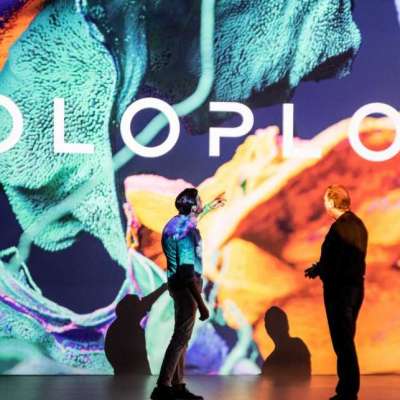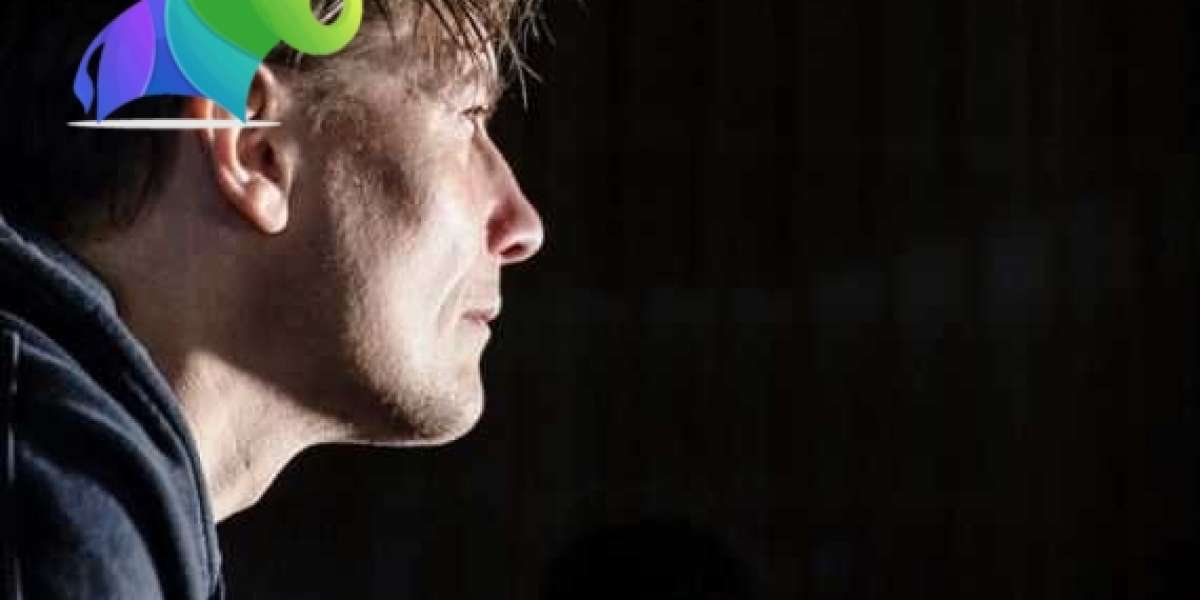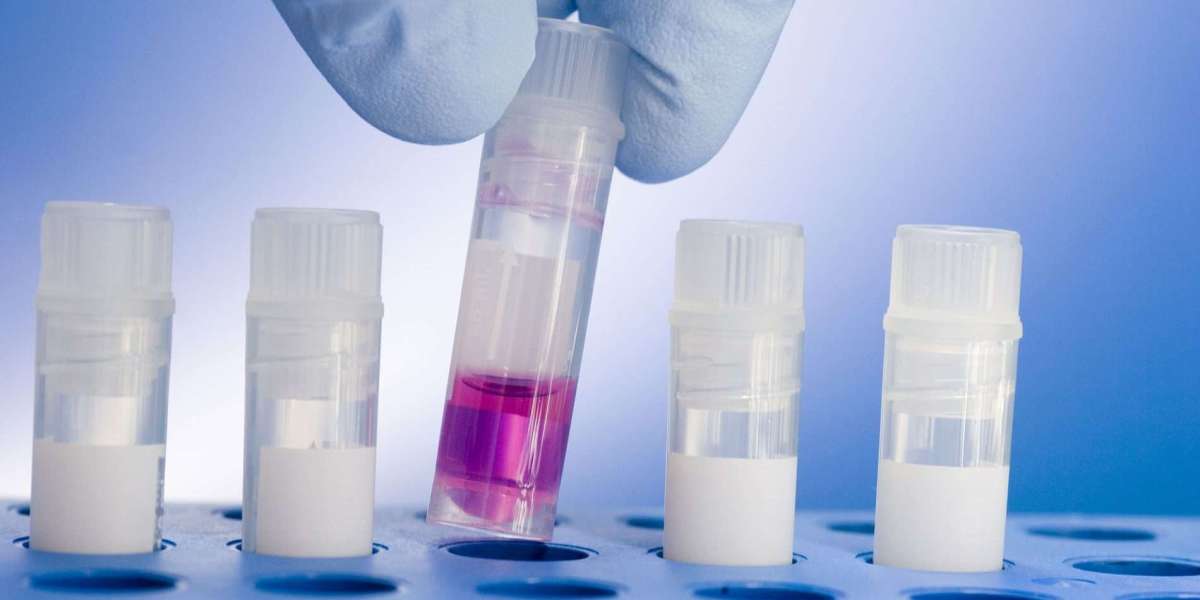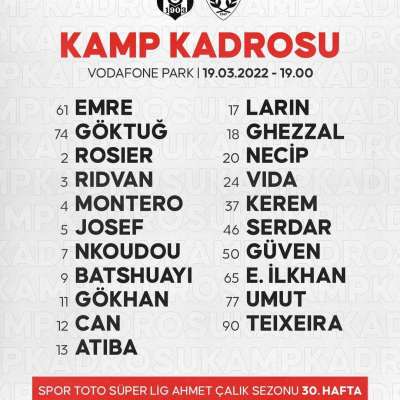HOLOPLOT and Jan St. Werner create immersive experience space with “The Spatio Sensory Soundcheck.
In November 2019 Jan St. Werner presented "The Spatio Sensory Soundcheck," his creative collaboration with the US-American indie rock formation The National at the "Haus der Kulturen der Welt" (HKW) in Berlin.
As part of the exhibition series "Right the Right - Ideas for Music, Copyright and Access", an exceptional sound installation caught visitor attention. In November 2019 Jan St. Werner presented "The Spatio Sensory Soundcheck", his creative collaboration with the US-American indie rock formation The National at the "Haus der Kulturen der Welt" (HKW) in Berlin. HOLOPLOT technology made a decisive contribution to the artist's ability to convey his trend-setting sound visions in a convincing form and to provide visitors with unforgettable sound moments. The HOLOPLOT technology, which won the AV Awards in 2019, applies the principles of wave field synthesis with sophisticated algorithms and real-time audio processing.
Interview with Jan St. Werner
Jan St. Werner is part of the successful electronic music duo Mouse on Mars, which has contributed to the genre for more than a quarter of a century. For "The Spatio Sensory Soundcheck" he incorporated recordings of a soundcheck by The National as well as the band’s album tracks, merging existing and new sound elements.
The installation at the HKW is titled "The Spatial Sensory Soundcheck". Can you give us the background here?
Jan St. Werner: In 2018 we played at a concert of The National in Wisconsin on a stage built especially for guests from the music industry. I listened to the The National's soundcheck and found it to be very exciting: the played songs, the talkbacks of the crew, the short improvisations and solos. I let a very simple recording device run along, listened to the recording again later and immediately thought that the material could actually make for a great album of The National, if you were to edit it a little. I was standing on the guest stage, and due to the great distance to the PA, I heard a quite idiosyncratic sound, in which actually unwanted artifacts were mixed.

How did the installation at the HKW come about?
Jan St. Werner: Detlef Diederichsen, who curates the "Right the Right" exhibition series at the HKW, asked me some time ago whether we wanted to contribute something to the topic of "Copyright in the Crisis." When I received Detlef's request, it was immediately clear to me that the recordings made during The National's soundcheck would fit his concept perfectly.
What is special about HOLOPLOT for you?
Jan St. Werner: When I first heard about HOLOPLOT, it piqued my ears and I already suspected that I would have to think differently about my mixes for wave field synthesis. The classic WFS uses loudspeakers that are installed around the listener area and allow object localization on one level. At the HKW, however, we use HOLOPLOT technology, where a loudspeaker matrix is located in front of the listener area - in the mix, sound objects can be placed in the room using 3D beamforming. Specifically, in the installation a focus beam aims at a rear mounted reflector and the listeners perceive sound events as coming from behind. This also works very well with walls and the ceiling: the localization is always accurate, but the loudspeaker is not necessarily perceived as the source by those present!



